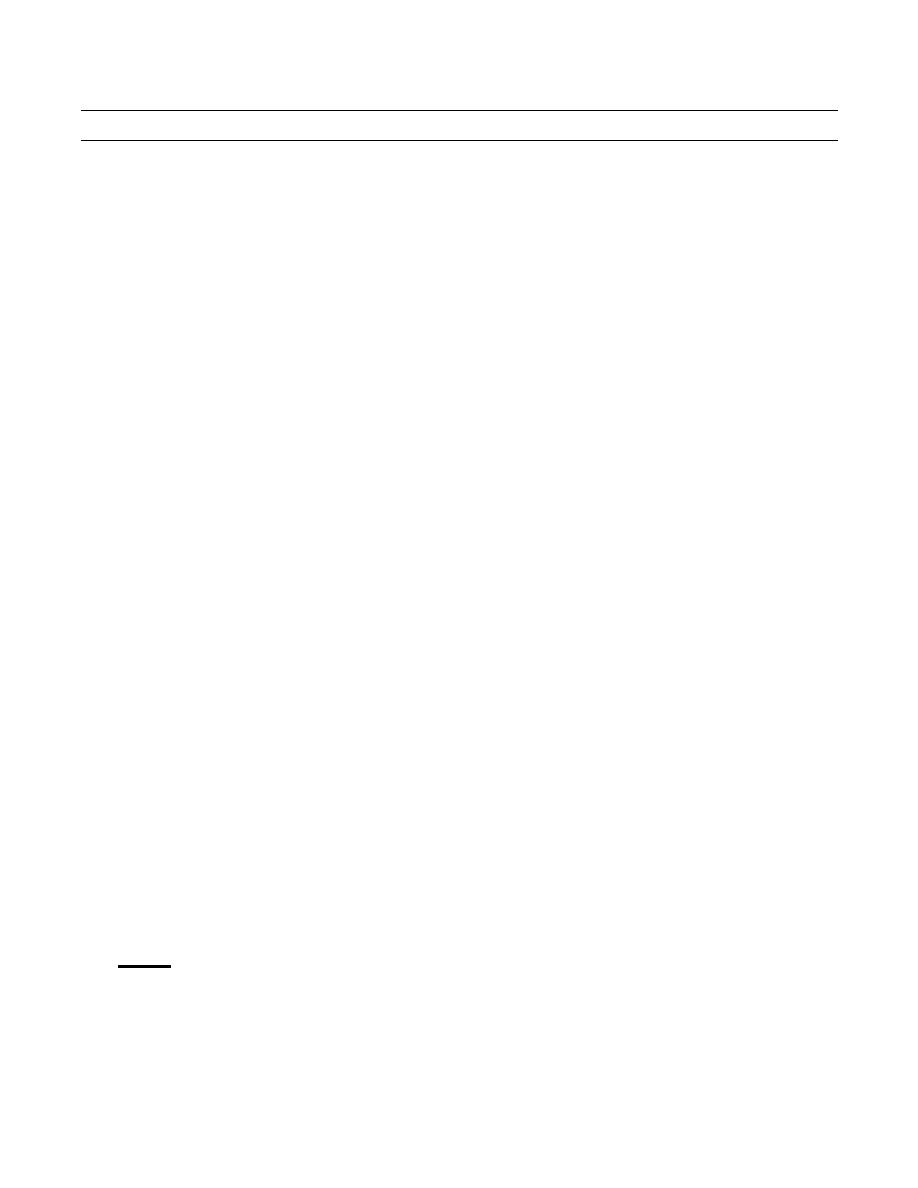 |
|||
|
|
|||
|
|
|||
| ||||||||||
|
|
 TM 9-2320-302-20-2
GENERAL MAINTENANCE INSTRUCTIONS - CONTINUED
0299 00
GENERAL
1.
These general maintenance instructions contain general shop practices and specific methods you must be familiar with
to properly maintain the M915 Family of Vehicles. You should read and understand these practices and methods before
performing any Unit Maintenance procedures.
2.
Before beginning a task, find out how much repair, modification or replacement is needed to fix the equipment. Some-
times the reason for equipment failure can be seen right away and complete teardown is not necessary. Disassemble
equipment only as far as necessary to repair or replace damaged parts.
3.
In some cases, a part may be damaged during removal. If the part appears to be good, and other parts behind it are not
defective, leave it in place and continue with the procedure. Here are a few simple rules:
a.
Do not remove dowel pins or studs unless loose, bent, broken or otherwise damaged.
b.
Do not remove bearings or bushings unless damaged. If you need to remove them to access parts behind, carefully
pull out bearings and bushings.
c.
Replace all gaskets, lockwashers, locknuts, seals, cotter pins, and preformed packings.
4.
All tags and forms attached to the equipment must be checked to learn the reason for removal of equipment from ser-
vice. Modification Work Orders (MWOs) and Technical Bulletins (TBs) must also be checked for equipment changes
and updates.
WORK SAFETY
1.
Before beginning a procedure, think about the safety risks and hazards to yourself and to others. Wear protective gear
such as safety goggles or lenses, safety shoes, rubber apron or gloves.
2.
Before beginning a procedure, ensure that the following conditions have been observed, unless otherwise specified:
a.
Vehicle must be parked on level ground with parking brake applied and wheels blocked.
b.
Transmission must be in N (Neutral).
c.
Engine must be off.
d.
Master battery switch must be in OFF position.
e.
Components must be at operating temperature to be tested.
3.
Immediately clean up spilled fluids to avoid slipping.
4.
When lifting heavy parts, have someone help you. Ensure that lifting equipment or jack is working properly, that it
meets weight requirement of part being lifted, and that it is securely fastened to part.
5.
Always use power tools carefully.
6.
Observe all WARNINGs and CAUTIONS.
CLEANING INSTRUCTIONS
WARNING
Improper cleaning methods and use of unauthorized cleaning liquids or solvents can injure personnel and
damage equipment. To prevent this, refer to TM 9-247 for further instructions.
1.
General. Cleaning instructions will be the same for the majority of parts and components which make up the truck. The
following applies to all cleaning operations:
a.
Clean all parts before inspection, after repair, and before assembly.
b.
Keep hands free of grease which can collect dust, dirt, and grit.
c.
After cleaning, all parts should be covered or wrapped to protect them from dust and dirt. Parts that are subject to
rust should be lightly oiled after cleaning.
0299 00-2
|
|
Privacy Statement - Press Release - Copyright Information. - Contact Us |